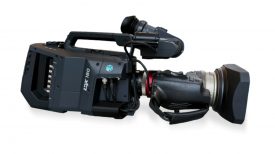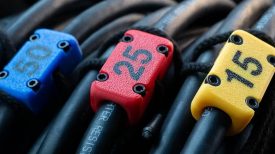By Newsshooter contributing editor Jonah Kessel:
How Lili Learned How to Travel Smart from Jonah Kessel on Vimeo.
It was the moment that I got my first payment from a newspaper that I realized I would have to supplement my income as a freelancer with more commercially oriented work.
What I didn’t realize then was that the financial necessity fueling my venture into the commercial video world, would not only change how I view the online video landscape, but also elevate my ability as a video journalist dramatically.
In the commercial world — I am in control of the elements. I want all of my frames to be planned out and perfectly composed. I want light, sound and the technical side of my videos to be precise and fine-tuned.
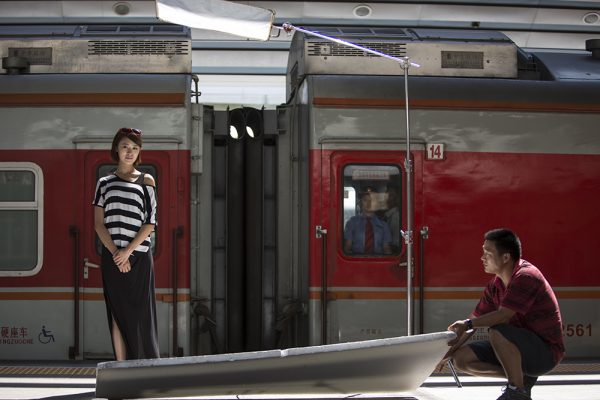
However, as I‘ve developed my skills as a commercial cinematographer I’ve been noticing a philosophical ebb and flow between the two worlds I exist in (editorial and commercial video). I know what type of quality I can create in a controlled environment, but I want to create the same quality level in a world where the elements are out of my control.
At the same time, my skills as a real world storyteller have become intrinsically important in creating powerful commercial work. A technically perfect brand video without a sense of story or authenticity is meaningless.
In many ways, my audience is the same. It’s the 21st century media consumer who is over-saturated with content and exists in a world of tabbed web browsing and 15-second video bursts on their phones.
Whether I’m making a corporate video or a newspaper doc, the reality is it’s the same impatient and distracted viewer. If my commercial videos feel false, people might click off. If my newspaper videos don’t have production value that matches the standards that these people have come to expect in online entertainment and cinema, people might click off.
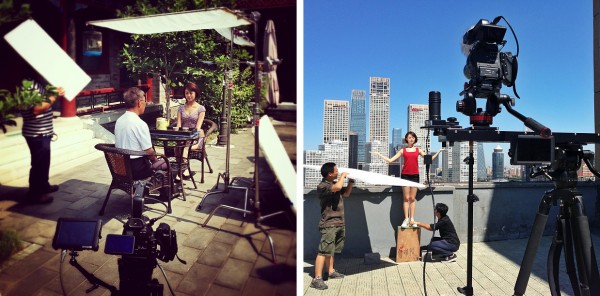
In a recent project for Chinese travel company Qunar.com I had a chance to create a story that became a really fun example in my portfolio of combining two skill sets.
This video was storyboarded out per every shot you see in the video (except the opening shot which was unplanned). It’s the work of over 20-people and it took about a month to conceptualize, write and produce. Shooting time was three days.
However, the 12-scene video is shot completely in real world environments and in many cases, in public places where the elements are certainly not in my control. But this is where I thrive. This is the environment where I produce news videos by the dozens annually. I love this environment.
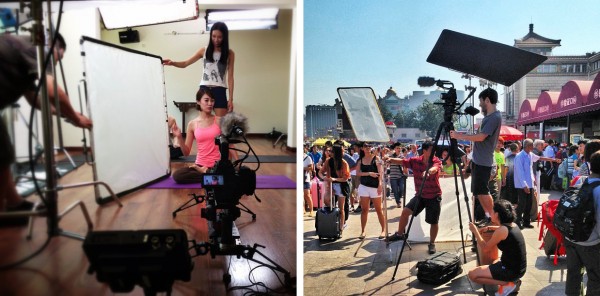
The return of investment for doing jobs like this has impacted me far beyond my bank account.
First and foremost: commercial video production has pushed me to demand higher quality of myself in video journalism. I can’t say that I can achieve the same quality working by myself as I can with a small or medium sized team, but just aspiring to it has made my news and documentary video better. While commercial jobs don’t necessarily have the same ethical backbone that I strive for in my editorial work, I do view each job as a new chance to push my ability with technology and cinema.
Second: commercial work has given me the financial backing to take lower paying documentary jobs that I feel passionate about, without having to worry about how to get food on the table.
Throughout the year, I’ve been writing about my experience shooting in Burma on this blog (see here and here). But guess what? No one pays me too much to spend months of time wrapping my head around complicated stories in the middle of nowhere: arguing with a Chinese state-owned mine undermining democracy outside of their own borders.
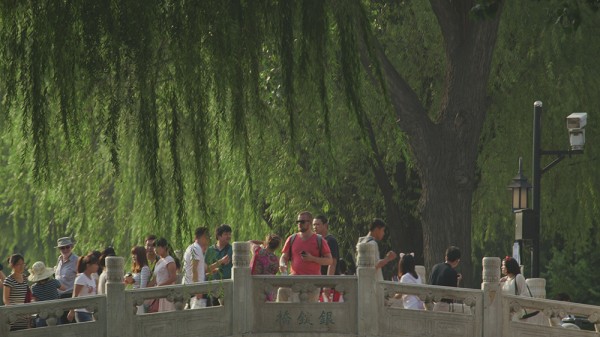
While no budget or quote will reflect this on paper, jobs like the one above pay for those more meaningful jobs, or newspaper video in general who don’t really have budgets. Without the commercial work, these more meaningful videos might not be possible, at least in the same capacity.
Its also hard to ignore that commercial work has transformed my backpack full of gear into a very large room full of gear. The tools I use to create commercial work with are now at my fingertips to create more powerful editorial work. Having options on different sets of glass, cameras, jibs, motorized dollies and a plethora of stabilization devices is quite the novelty for some newspaper video journalists.
Now when I look at creating a doc, I think about it with the eyes of a cinematographer but the mind of a journalist. This is a shift compared to some years ago where my entire income was editorial based.
While trying to integrate cinematic technology and philosophy into my editorial work has brought up lots of interesting ethical questions, I do believe that the greatest benefactor of my commercial work is my editorial audience. Simultaneously, I believe a lot of the commercial work I do I get because of my skills as a real world storyteller.
This is the ebb and flow between editorial and commercial video in my business and creative equation. They fuel each other and in many ways live a symbiotic relationship. Without one, the other couldn’t exist.
Jonah M. Kessel is a Pulitzer Prize-winning visual journalist and cinematographer based in Beijing, China. He covers China for the video desk of The New York Times and makes videos and photos for newspapers, magazines, multinationals, nonprofit and governmental organizations around the globe. He always wants to know what’s on the other side of the mountain, regardless of what side he’s on. See his site here or keep up with him on Twitter here.




